Foot Drop Splint
₹1,250.00 Original price was: ₹1,250.00.₹1,195.00Current price is: ₹1,195.00.
A foot drop splint is a medical device designed to aid individuals with foot drop, a condition characterized by difficulty lifting the front part of the foot. This condition can result from various causes, including neurological disorders, injury, or surgery. The splint holds the foot in a proper position, typically a neutral or slightly dorsiflexed position, allowing for improved mobility and stability while walking. Foot drop splints are usually made of lightweight materials and can be adjustable for comfort. They help prevent tripping and enhance overall gait, making daily activities safer and more manageable for those affected.
A foot drop splint is a supportive device designed to aid individuals who experience foot drop a condition characterized by difficulty lifting the front part of the foot due to weakness or paralysis of the muscles responsible for dorsiflexion here are fifteen key points about foot drop splints
1 Supportive Function Foot drop splints serve to hold the foot in a neutral position preventing it from dragging during walking
2 Types of Splints There are various types of foot drop splints including molded plastic splints solid ankle foot orthoses AFOs and dynamic splints each designed for different levels of support and mobility
3 Customization Many foot drop splints can be customized to fit the individual patient providing optimal comfort and effectiveness
4 Indications Foot drop splints are commonly used by individuals with neurological conditions such as stroke multiple sclerosis or after spinal cord injuries to improve mobility
5 Increased Stability The use of a foot drop splint can enhance balance and stability while walking thereby reducing the risk of falls
6 Improvement in Gait Patterns Wearing a splint can lead to a more natural gait pattern promoting proper foot placement
7 Pain Relief By providing support to the affected ankle and foot a splint can alleviate strain and discomfort in the lower limb muscles
8 Ease of Use Most foot drop splints are designed for easy application and removal allowing users to manage their own care
9 Material Considerations Foot drop splints can be made from a variety of materials including lightweight plastics and soft fabrics that offer both support and comfort
10 Rehabilitation Tool While foot drop splints are supportive they are often used in conjunction with physical therapy to strengthen muscles and improve function over time
11 User Feedback Many users report an increased sense of mobility confidence and independence when using a foot drop splint
12 Aesthetic Options Some manufacturers offer foot drop splints in a range of colors and designs allowing users to choose options that match their style
13 Potential Downsides While beneficial foot drop splints may cause skin irritation if not fitted correctly so professional assessment is essential
14 Adjustment Period Users typically experience a learning curve when adjusting to a foot drop splint and may require practice to adapt to altered walking mechanics
15 Long Term Management Foot drop splints are often part of a comprehensive management plan that includes other interventions like exercises medications and lifestyle modifications to promote recovery and independence in daily activities
In summary a foot drop splint plays a vital role in enhancing mobility for those with foot drop while also contributing to overall rehabilitation efforts through its supportive design user customization and potential for improved gait and stability
Related products
-
Foot support
Gel Foot Care Insole (Male)
Rated 0 out of 5₹1,600.00Original price was: ₹1,600.00.₹1,499.00Current price is: ₹1,499.00. Add to cart Buy Now -
Foot
Ankle Foot Orthoses (AFO) | Maintains And Supports Foot To Prevent Foot Drop | With Socks (Grey)
Rated 0 out of 5₹1,150.00Original price was: ₹1,150.00.₹943.00Current price is: ₹943.00. Add to cart Buy Now -
Wrist
Wrist & Forearm Splint
Rated 0 out of 5₹730.00Original price was: ₹730.00.₹584.00Current price is: ₹584.00. Add to cart Buy Now -
Ankel And Foot
Bunion Splint
Rated 0 out of 5₹575.00Original price was: ₹575.00.₹460.00Current price is: ₹460.00. Add to cart Buy Now
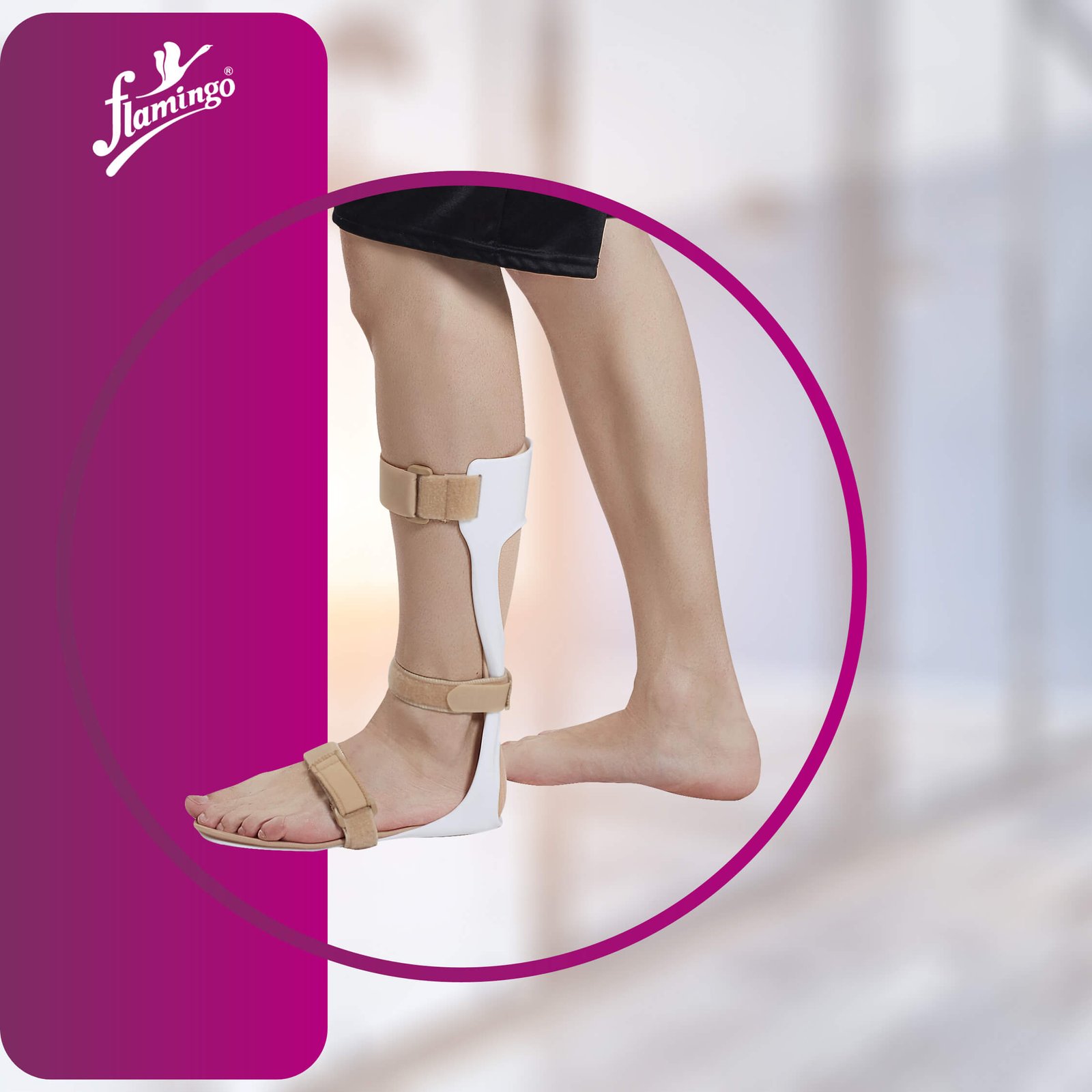
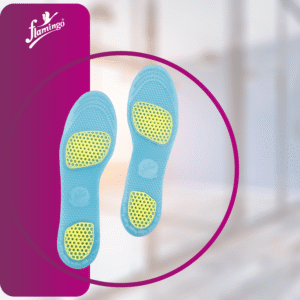
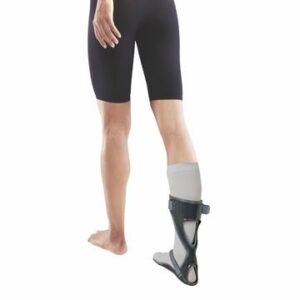

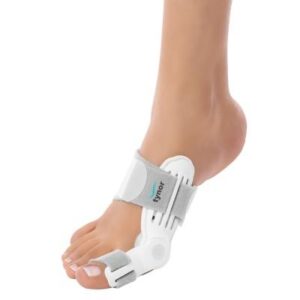

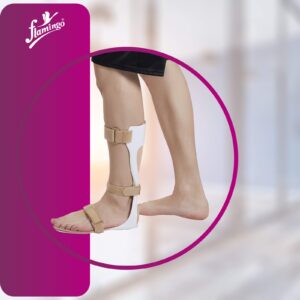
Reviews
There are no reviews yet.